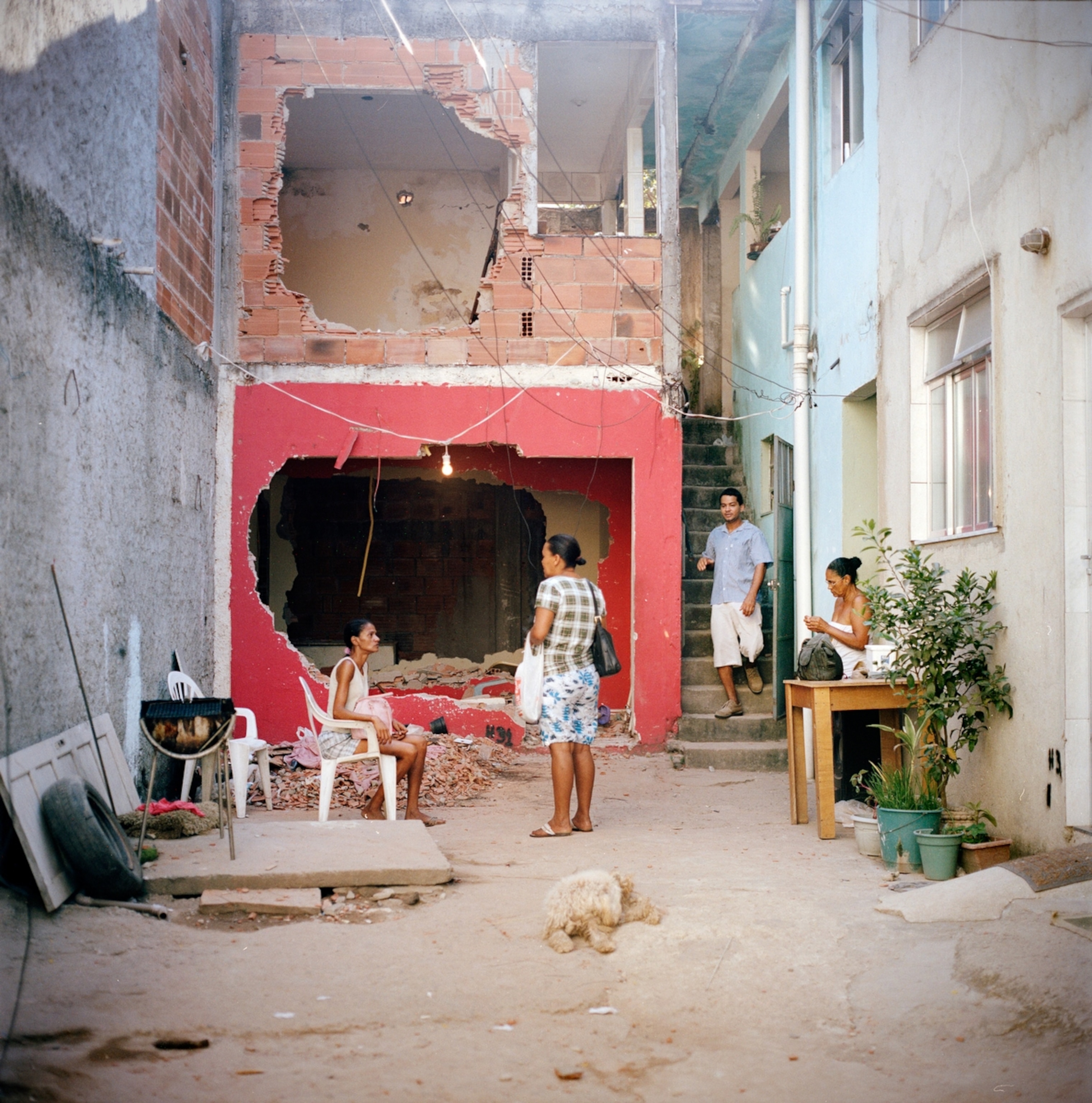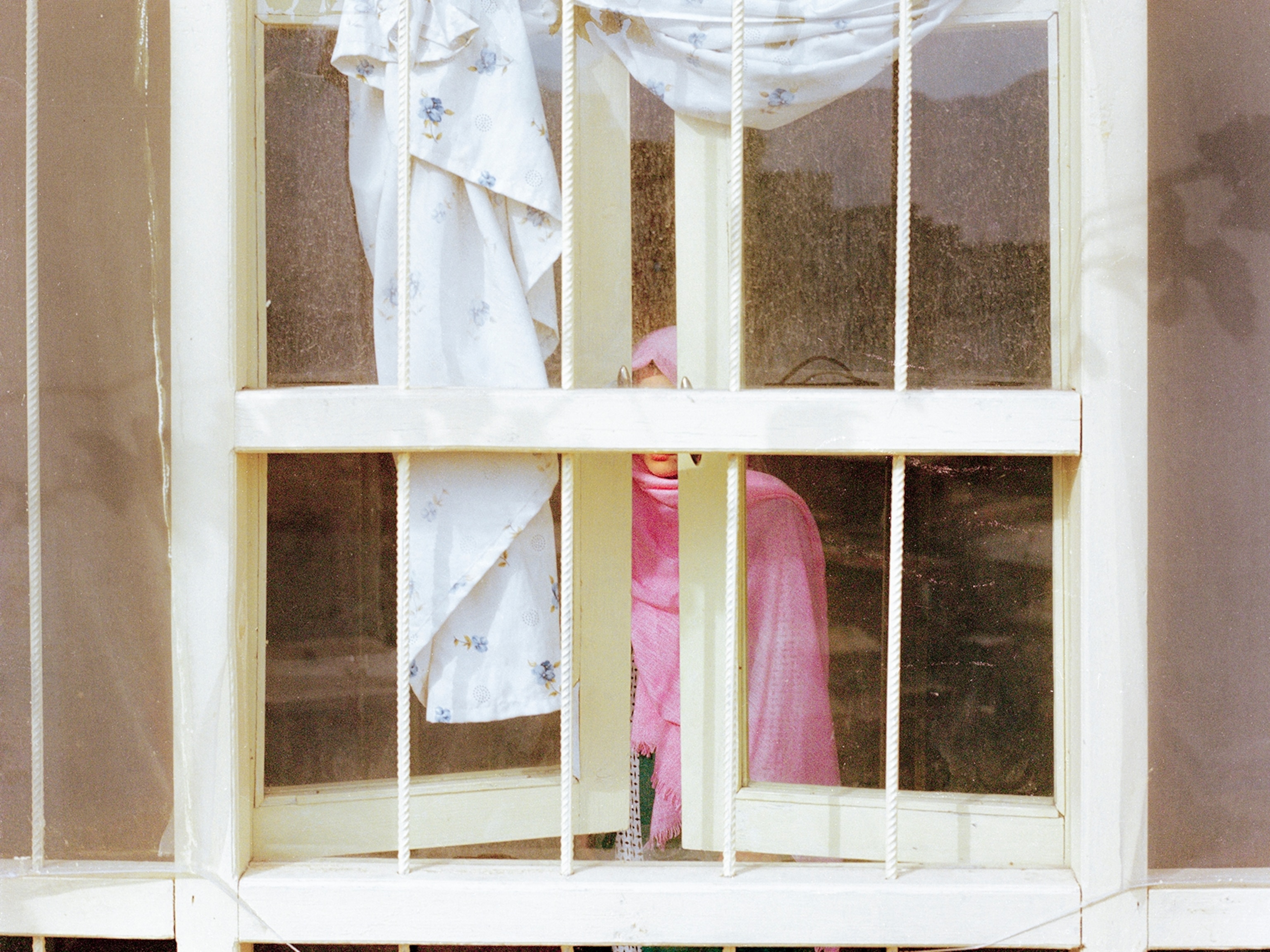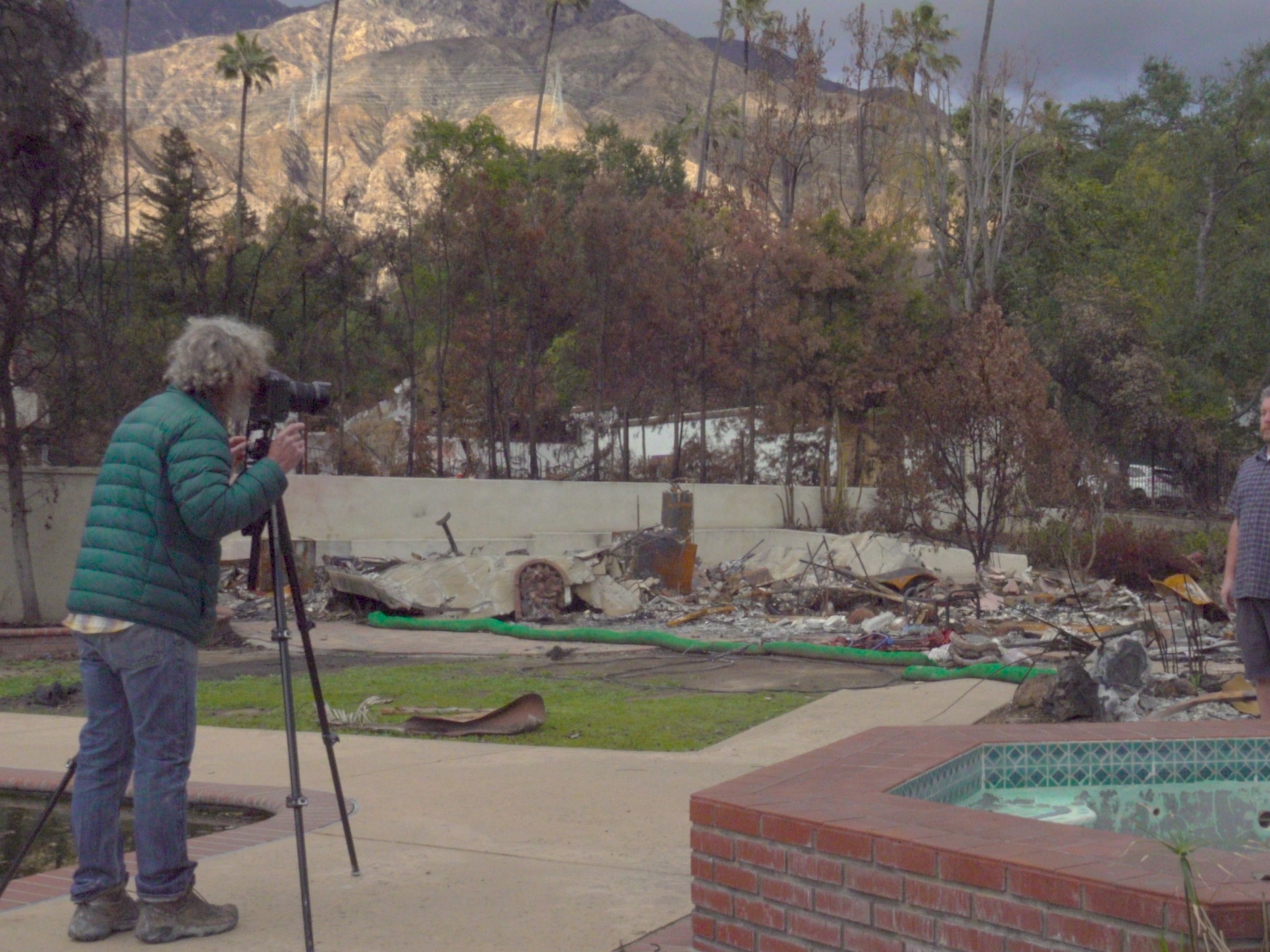Musings: Eviction in Rio’s Favelas
When photographer Lianne Milton heard about the evictions happening in Rio de Janeiro’s favelas, she immediately knew that she needed to document the process. She is a documentarian at heart, having explored other socially complex situations such as violence in Guatemala and water issues in Cambodia. Milton says that the evictions happen fairly rapidly, and few people have been able to capture them in progress. For her, this photo essay depicting the community of Largo do Tanque in Rio’s West Zone “documents one day in the life of an eviction to show how fleeting a home can be.”
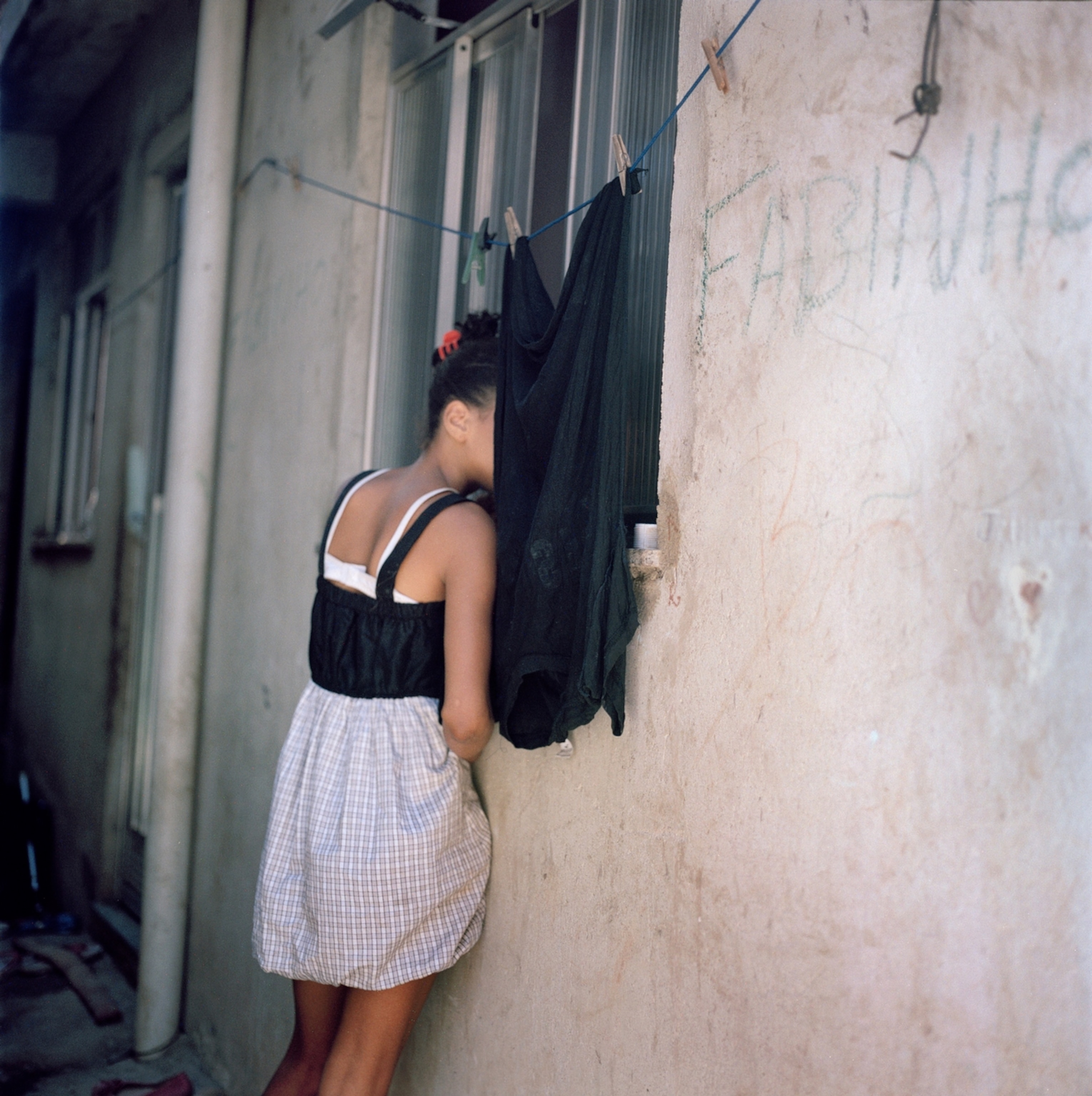
Brazil’s favelas are sometimes seen as insignificant squatter communities because they began without government involvement and evolved organically. Milton says that favelas “are not slums or shantytowns. People do not live on dirt floors and in wooden shacks. Favelas are neighborhoods that emerged from a need for housing. They were created by the residents with no state support, with no governmental regulation or outside ‘developers.’ And as residents earned better incomes, their quality of life improved, as well as their housing. Today it is commonplace that homes have tiled floors, electricity, running water, TVs, and other appliances. Fifty percent of all households in favelas have computers. And some have million-dollar views.”
With Brazil preparing to expand for the 2014 World Cup and 2016 Olympic Games, many regions are being torn up and restructured. In some cases, this involves evicting people from their homes and destroying them to build a new road, stadium, or complex. Many of these evictions are happening without notice or direct coverage from the media. For her photo essay, Milton focused on one community, Largo do Tanque, in Rio’s West Zone. Residents were forced from their homes to make room for the Transcarioca Highway, which is intended to help ease congestion during the Olympic Games. The demolition of this community happened over a fairly short period of time. In less than two weeks, 54 houses were demolished. Residents were offered compensation but not enough to buy a new home or property.
Milton’s photographs show the abrupt extraction of people from their homes in real time. Timing is everything, and that is especially true in this instance. In order for her to make this experience real to other people, she needed to capture every little moment as the evictions progressed. She shows the destruction, but she also shares the reactions and devastation of the community members. Unfortunately, Largo do Tanque is just one small piece of the puzzle. Brazil is changing at such a rapid pace that it is almost impossible to document the whole process. Little slices and samples like Milton’s project are incredibly telling in their brutal honesty and give us clues to the bigger picture.
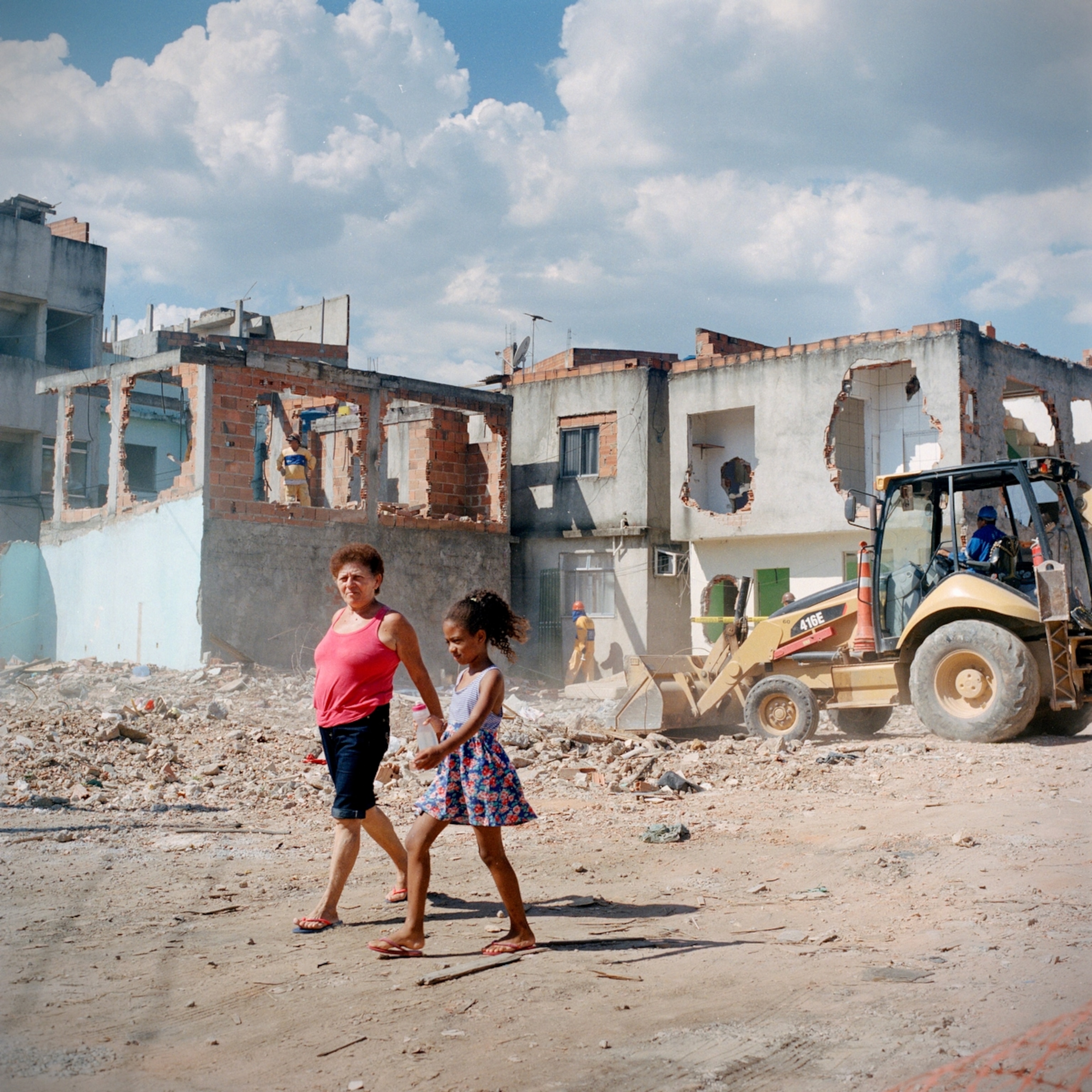
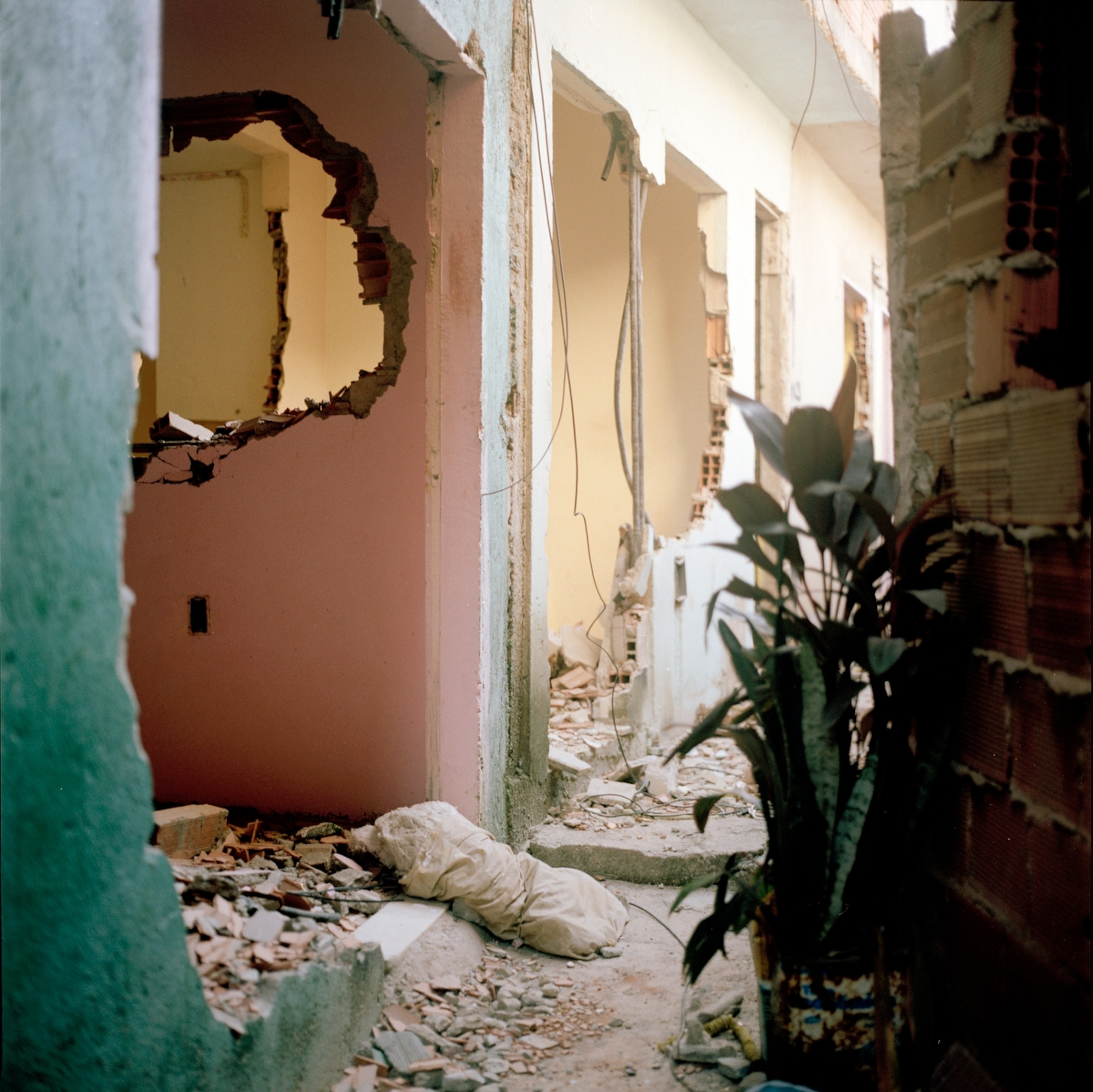
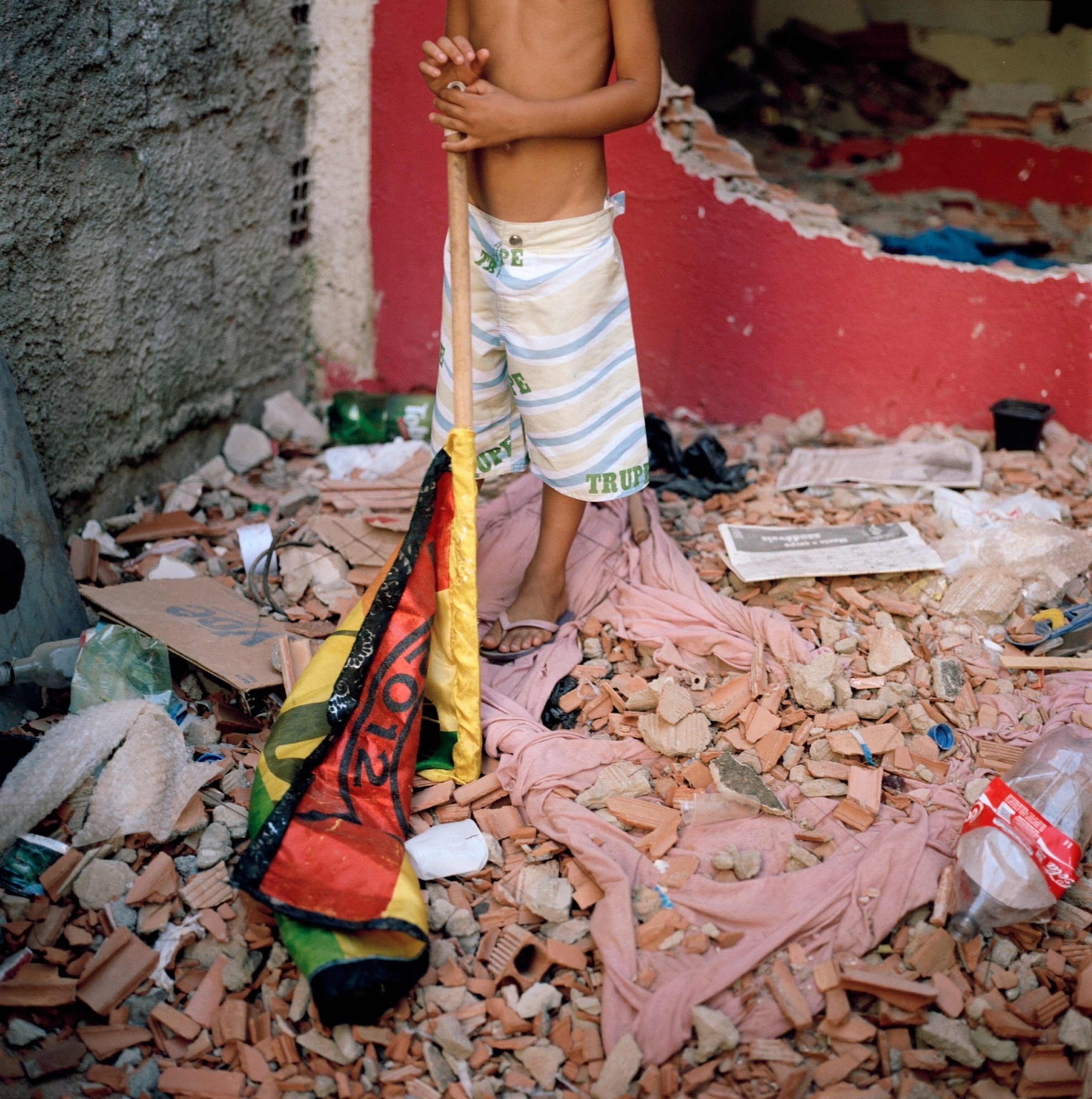

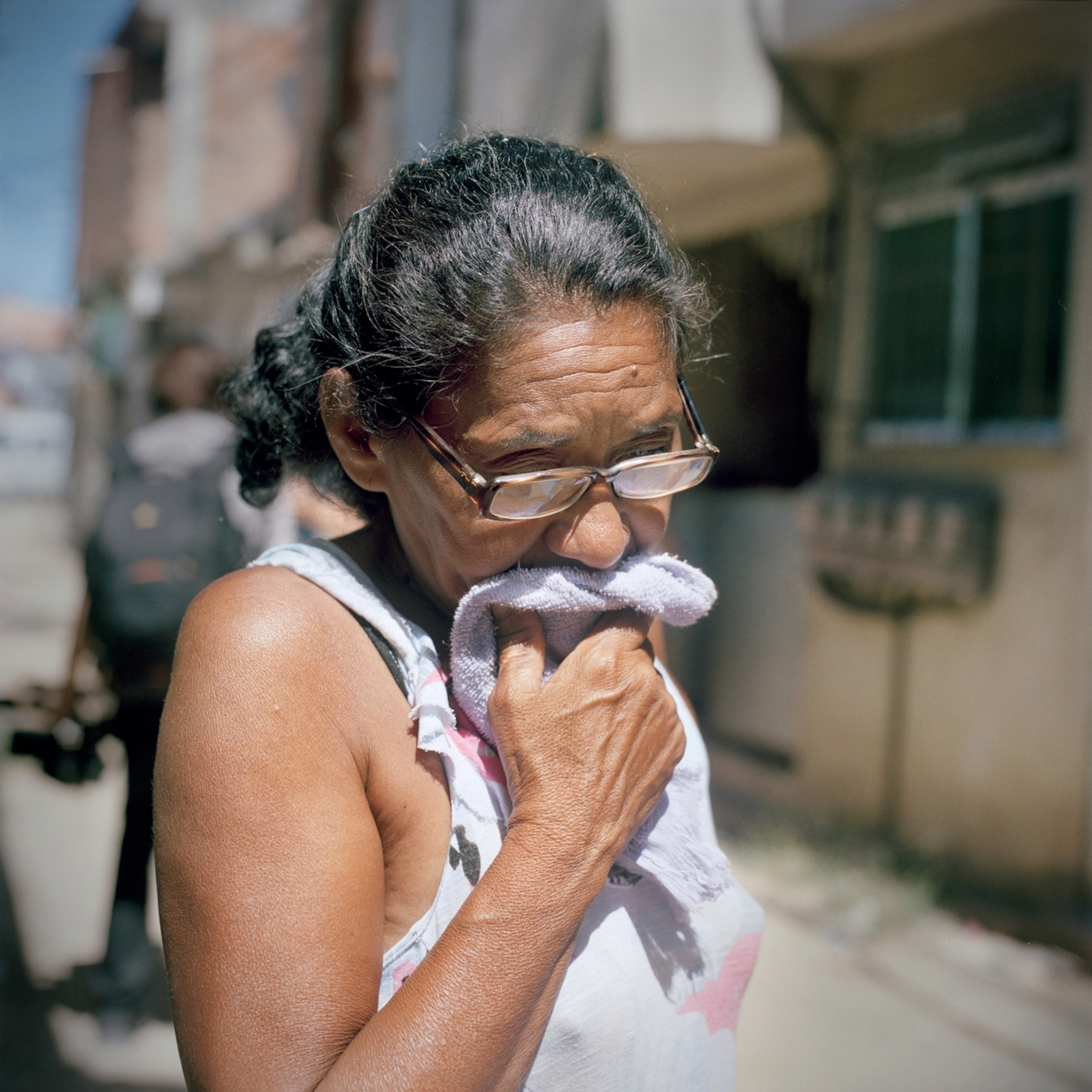
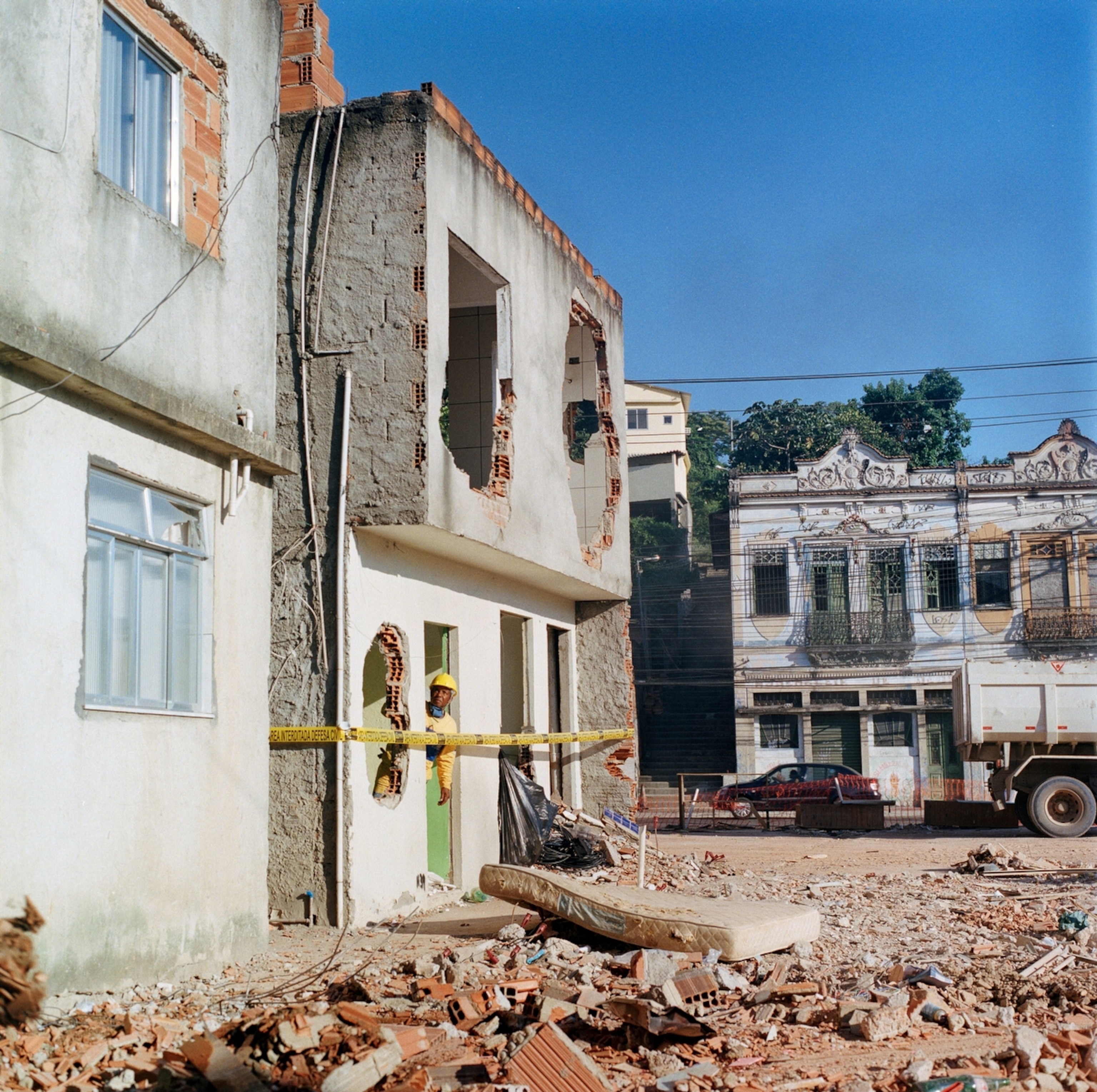
View more of Lianne Milton’s work on her website.
